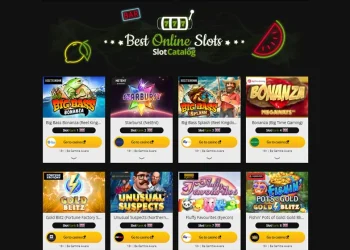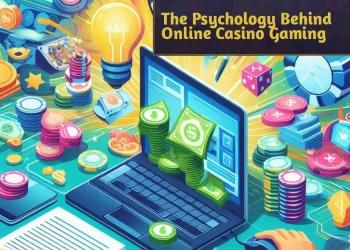NFT Gaming Is More Than Play-to-Earn—It’s a Digital Power Shift
Ten years ago, gamers spent billions on digital assets they never truly owned.
Skins, characters, items—locked inside someone else’s servers. No resale, no rewards, no ownership. You played. They profited.
Then came blockchain. And with it, a new chapter: nft gaming.
This isn’t just about fun or finance. It’s about changing the rules of digital ownership—and turning gamers into stakeholders, not just users.
Let’s explore how this movement is rewriting the script for the next generation of interactive worlds.
What Is NFT Gaming—Really?
NFT gaming combines two forces:
- Blockchain-powered assets (NFTs = non-fungible tokens)
- Interactive digital worlds (games, metaverses, esports platforms)
In these games, characters, items, and even land are minted as NFTs. That means:
- You own them (not the game publisher)
- You can trade them, rent them, or sell them
- Their value exists outside of the game itself
Think of it like buying a sword in a game—but instead of being stuck in that server, it’s yours to take anywhere, sell on an open marketplace, or use across different games in the same ecosystem.
That’s the core innovation of nft gaming: interoperable, ownable digital assets.
The Rise of the Play-to-Earn Economy
In traditional games, time is lost. In NFT games, time can become value.
Early NFT titles like Axie Infinity, Illuvium, and The Sandbox introduced a concept where:
- Players earn tokens for playing
- Those tokens are tradable for real-world currency
- NFTs themselves increase in value through use, rarity, or upgrades
Suddenly, a player in the Philippines could earn more from gaming than a local job.
But this isn’t just about profits—it’s about participation.
NFT Gaming Isn’t Just Financial—It’s Cultural
Gamers don’t just want to earn. They want:
- Status (rare skins, titles, OG badges)
- Expression (custom avatars, emotes, builds)
- Community (guilds, DAO-controlled games, PvP ecosystems)
NFTs add a layer of authenticity and permanence to those digital identities. You’re not just a player—you’re a collector, investor, and world-builder.
That’s why the next generation of games is being shaped by NFT dynamics—from Gods Unchained to Star Atlas, Ember Sword, and Big Time.
The Risks and Realities
Of course, not everything in NFT gaming is pixel-perfect. Challenges include:
- Speculative bubbles (where NFTs pump on hype, not utility)
- Entry costs (some games require buying expensive starter packs)
- Regulatory gray zones (are in-game tokens securities?)
- Developer rug pulls (if the game dies, so does your asset’s value)
This is why informed players read more than whitepapers. They evaluate:
- Developer reputation
- Tokenomics
- Community governance
- Long-term utility of NFTs
A good place to start that journey? The nft gaming guide on AltcoinBeacon.
What the Future Looks Like
NFT gaming is moving toward:
- Cross-game interoperability: Imagine your avatar traveling across games.
- In-game DAOs: Players vote on how worlds evolve.
- Streaming + rewards fusion: Watch a match, get NFT drops.
- NFT rentals and scholarship models: Lowering the barrier to play.
This isn’t just gamification of crypto—it’s cryptofication of gaming.
And the winners will be the players who understand value beyond gameplay.
Final Thought: Don’t Just Play the Game—Understand the Economy
Whether you’re a gamer, investor, artist, or curious explorer, NFT gaming offers something rare: a chance to shape the rules of digital worlds—not just play in them.
You’re not just a player anymore. You’re a participant in the next version of the internet.
Want to get ahead of the curve? Start here: nft gaming
Because the game is just getting started—and this time, you bring your assets with you.
















